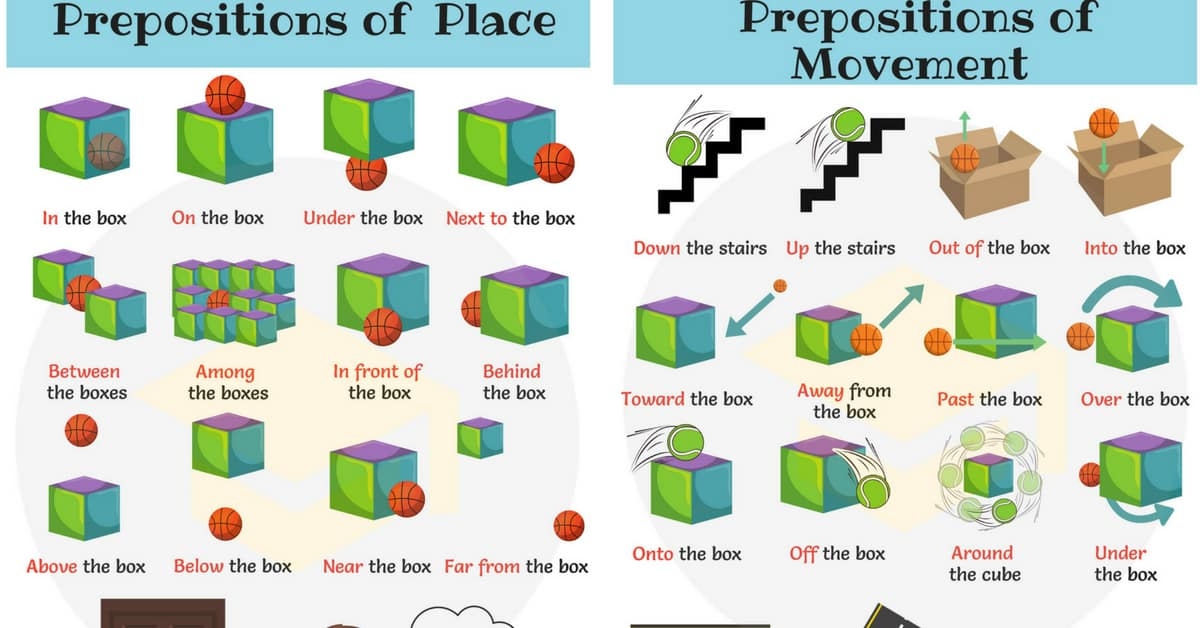Prepositions are words that show the relationship between a noun or pronoun and other words in a sentence. They are essential in providing context and clarity to the sentence structure. There are several types of prepositions that serve different purposes in conveying the intended meaning. In this article, we will explore three common types of prepositions and their usage in sentences.
Simple prepositions are the most common type of prepositions and consist of single words such as “in,” “on,” “at,” “by,” and “for.” These prepositions indicate the position, location, direction, time, or manner of the noun or pronoun in relation to other elements in the sentence. For example, “The book is on the table,” “She is at the park,” and “He goes to school by bus.” Simple prepositions are essential in providing specific details about the relationships between objects and subjects in a sentence.
2. Compound Prepositions
Compound prepositions are formed by combining multiple words to create a single preposition that functions as a single unit in a sentence. Examples of compound prepositions include “according to,” “in front of,” “because of,” and “due to.” These prepositions serve to provide more specific and nuanced information about the relationship between nouns or pronouns and other elements in a sentence. For instance, “He left the keys on the table according to her instructions” and “The delay in the project was because of the bad weather.” Compound prepositions add complexity and depth to the meaning of a sentence.
3. Phrasal Prepositions
Phrasal prepositions are prepositional phrases that function as a single preposition in a sentence. They consist of a preposition followed by a noun, pronoun, or gerund (verb form ending in -ing). Examples of phrasal prepositions include “in front of,” “on behalf of,” “in spite of,” and “by means of.” These prepositions convey specific relationships between different elements in a sentence and are essential for providing context and clarity. For example, “She stood in front of the audience,” “He spoke on behalf of the team,” and “In spite of the challenges, they succeeded.” Phrasal prepositions add depth and richness to the meaning of a sentence.
In conclusion, prepositions play a crucial role in conveying the relationships between words in a sentence. Understanding the different types of prepositions, including simple, compound, and phrasal prepositions, can help improve clarity and coherence in writing. By using prepositions effectively, writers can create more precise and meaningful sentences that engage and inform readers.
